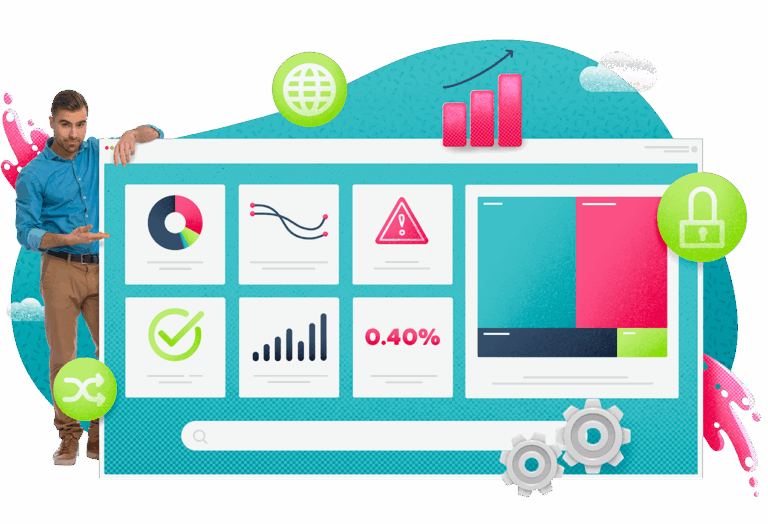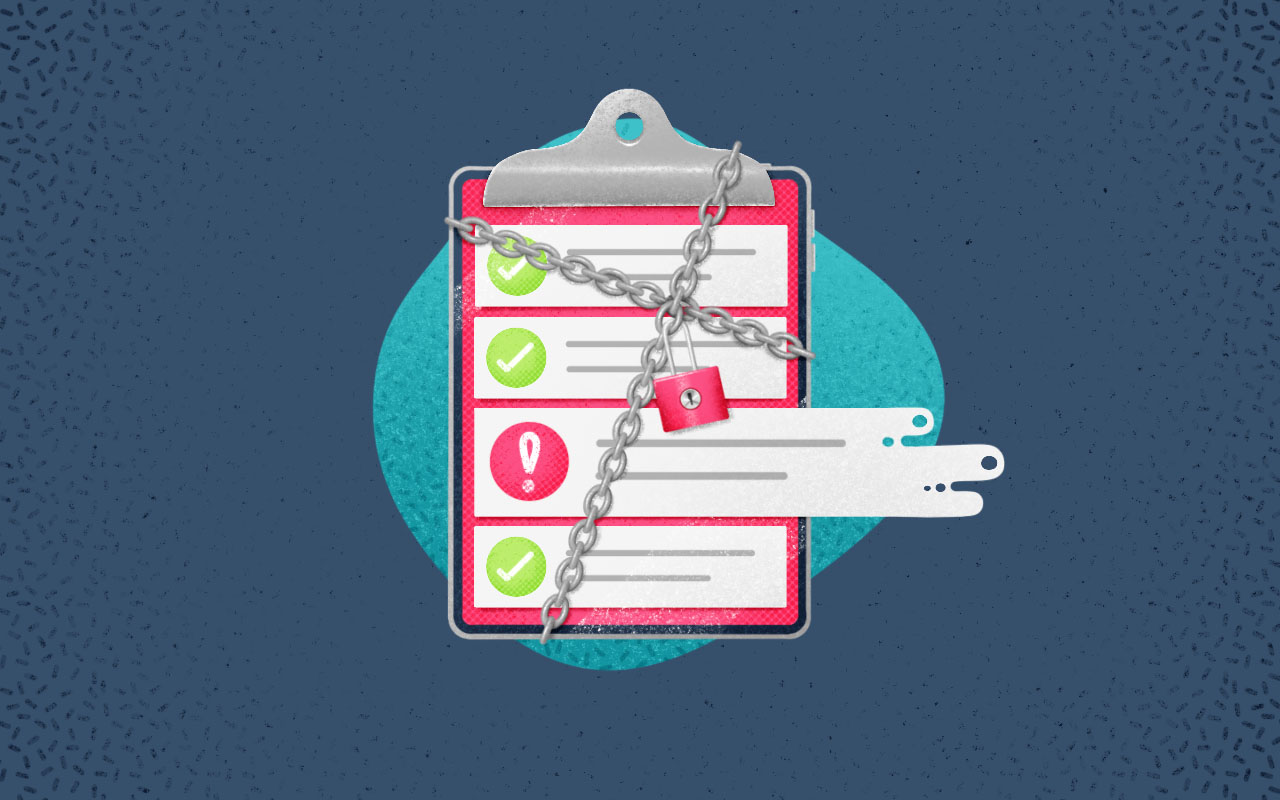The history of data privacy goes back to Germany in the 1970s, when Bundesdatenschutzgesetz (BDSG), the first data privacy act was passed to counteract any potential risk from the data processing industry. Since then, other countries and industries have joined in adding regulations on data privacy and digital information to safeguard businesses and individuals from the increased threat of cyber attacks. Recent regulations include the European Union’s newest privacy law, the General Data Protection Regulation (GDPR), which went into effect in May of 2018; the 2020 California Privacy Rights Act (CPRA); and the Utah Consumer Privacy Act (UCPA), which went into effect in December of 2023.
In Information Technology (IT), compliance with established standards and best practices is essential to maintain data security, reliability, and efficiency. These standards and regulations aim to keep both your company and the end user satisfied and safe in terms of online data and information exchange. IT Service Management (ITSM) Compliance ensures that IT processes and services align with industry regulations and organizational goals. While the history of compliance and regulations for the field are continuing to be expanded upon as more technology is released, industries will continue to work within the boundaries of what they currently have.
This blog post will explore what ITSM compliance is, why it matters, and how it contributes to the success of modern organizations.
What is ITSM Compliance?
Processes and procedures need to be standardized with specific boundaries put in place of what’s allowed and what’s not. It’s not because humans naturally crave order (which is true) and it makes everything easier to do but rather, it’s because, as things get more digital, there needs to be bounds (read: regulations) surrounding what’s allowed to be used and what’s not. It matters what information is permitted to be shared even if it’s no longer stored in the owner’s brain or physically with them (e.g., their income from work – it’s stored in a bank account and attached to them via unique identifiers like their social security number, address, and phone number).
That’s exactly why compliance and regulations exist – to create bumpers for industries and people to bowl within. IT Service Management (ITSM) Compliance refers to the adherence to specific standards, guidelines, and regulations that govern IT processes, service delivery, and data management. These standards are typically industry-specific and include frameworks. Common examples are ITIL (Information Technology Infrastructure Library), ISO/IEC 20000, and COBIT (Control Objectives for Information and Related Technologies), among others.
6 Key Factors of ITSM Compliance:
- Process Compliance – Ensuring IT processes, such as incident management, change management, and problem management, follow documented procedures and meet predefined service levels. This guides the organization in mitigating, reporting, and investigating data breaches or implementing a new product update.
- Data Protection – Implementing measures to safeguard sensitive data, including customer information and proprietary data in accordance with data protection laws and regulations.
- Security Standards – Adhering to cybersecurity standards to protect IT assets from threats, vulnerabilities, and cyberattacks. When looking at ITSM tools, it’s important to look at the vendor’s personal history with data breaches and how they’ve responded to any they’ve had in the past.
- Service Quality – Maintaining and continuously improving the quality of IT services to meet or exceed customer expectations and service level agreements (SLAs). To keep customers, you need to make sure they’re satisfied with the service received. Make sure you include customers when updating your IT services to meet their expectations by understanding their pain points and asking them what they’d like to see in the product.
- Regulatory Requirements – Does your company meet legal and industry-specific regulations and requirements, such as HIPAA (Health Insurance Portability and Accountability Act) in healthcare or GDPR (General Data Protection Regulation)? If not, how can you become compliant using the tools you have access to? If you cannot, which tools do you need to purchase?
- Risk Management – Identifying, assessing, and mitigating IT-related risks to minimize the impact of potential disruptions or security breaches.
Examples of specific types of compliance:
- PCI-DSS (Payment Card Industry Data Security Standard) – Organizations that work with credit card data and payments must follow the 12 basic requirements for secure transaction systems to handle major credit cards.
- SOC 2 (Systems and Organizational Controls) – Developed by the American Institute of Certified Public Accountants, it is aimed at cloud vendors that host organization data who must follow SOC standards and allow audits to stay compliant with the standards.
- SOX (Sarbanes-Oxley Act) – Passed by Congress after the Enron incident to oversee how organizations handle electronics records, data protection, internal reporting, and executive accountability to protect investors from the possibility of fraudulent financial reporting.
- HIPAA Compliance (Health Insurance Portability and Accountability Act of 1996) – How health insurers, healthcare services, and healthcare providers store and transmit patient data.
- Children’s Online Privacy Protection Act (COPPA) – Protects the privacy of children under 13 online by requesting parental consent for the use or collection of any personal information of the child.
- Family Educational Rights and Privacy Act (FERPA) – Grants parents access to information in their child’s education record, and protects that information from disclosure to third parties without parental or student (if over 18) consent.
6 Reasons Why ITSM Compliance Matters
Compliance is about making sure best practices are used to keep the data and information obtained from within the company about the end user or industry-related information secure. It’s about making sure the information goes where it needs to go and doesn’t fall into the wrong hands. This is why ITSM compliance matters so much. It plays a vital role in ensuring IT services are delivered effectively and securely to keep your company within your industry’s regulations, as well as compliant with other nationwide regulations to make sure you can legally proceed with your practice.
Here are a few reasons why ITSM compliance matters:
- Data Security – Compliance frameworks often include stringent data security requirements, helping organizations protect sensitive information from unauthorized access, breaches, and data loss. The frameworks are meant to be utilized to streamline processes and prevent cyber incidents from occurring—they create boundaries.
- Legal Obligations – Failure to comply with industry-specific regulations can result in legal consequences, fines, and reputational damage. Compliance ensures that an organization operates within the bounds of the law and is looking out for the future success of the business.
- Improved Efficiency – By following established ITSM processes and standards, organizations can streamline their operations, reduce errors, and enhance overall efficiency in delivering IT services.
- Enhanced Customer Trust – Compliance demonstrates a commitment to data security and quality service delivery, building trust with customers and stakeholders. Customers look for organizations who place the interests of the customers first, both in terms of quality of service and needs, but also their digital safety for the data stored with the business.
- Risk Mitigation – Compliance helps identify and reduce IT-related risks, decreasing the likelihood and impact of incidents and disruptions—keeping the brand reputation high and profits soaring.
- Competitive Advantage – Organizations that achieve and maintain ITSM compliance often gain a competitive advantage by demonstrating their commitment to excellence and security.
6-Step Process to Achieving ITSM Compliance
ITSM compliance is an ongoing commitment to aligning IT processes, data management, and security practices with your industry’s standards and regulations (as well as local, national, and global regulations). Compliance serves as a foundation for data protection, risk mitigation, improved service quality, and legal adherence. Compliance also contributes to the success and trustworthiness of organizations in today’s technology-driven landscape. To get started with implementing ITSM-compliant best practices here’s a 6-step process that will help your IT go from assessing all relevant industry regulations, to updating and assessing processes yearly.
- Identify Applicable Regulations – Determine which regulations and standards are relevant to your industry and organization. This may require consulting legal and compliance experts to align with what is needed for your business and what isn’t.
- Assess Current Practices – Evaluate your existing ITSM processes, data handling procedures, and security measures. Identify all gaps and areas that require improvement and updates.
- Implement Necessary Changes – Implement changes and enhancements to your ITSM practices to align with compliance requirements. This may involve revising processes, implementing security measures, and ensuring data protection measures are in place.
- Documentation and Reporting – Maintain comprehensive documentation of your ITSM practices and compliance efforts. If required, regularly report on compliance status to relevant stakeholders and authorities.
- Training and Awareness – Educate your ITSM teams and employees about compliance requirements and the importance of adhering to established processes. Make sure they can easily access the information they need to learn more.
- Continuous Monitoring and Improvement – Continuously monitor your ITSM practices and compliance efforts. Regularly assess and update your processes to address emerging threats and changes in regulations.
By prioritizing ITSM compliance and integrating it into your operations, your business will not only meet legal requirements but also enhance your reputation, security, and efficiency in delivering IT services. The more compliant your policies and procedures are the better off your business will be in the long run.

Infographic – The status of SMB IT in 2026
Explore how AI, automation & integrated ITSM/ITAM are reshaping IT strategy—at every scale.


